
| Specifications |
| Publisher: GARUDA PRAKASHAN PVT. LTD. | |
| Author: S N Aggarwal | |
| Language: English | |
| Pages: 923 | |
| Cover: PAPERBACK | |
| 8.50 X 5.50 inch | |
| Weight 950 gm | |
| Edition: 2020 | |
| ISBN: Vol:1- 9781942426363 Vol:2- 9781942426370 | |
| UBK315 |
| Delivery and Return Policies |
| Ships in 1-3 days | |
| Returns and Exchanges accepted within 7 days | |
| Free Delivery |
This book presents a credible account of the events leading to merger of 563 princely States into the Indian Union under the leadership of Sardar Patel in 1947-1949. The book is based on contemporary writings of persons intimately connected with the process. It will serve to inform and inspire the current generation for whom it is otherwise difficult to appreciate the situation that confronted the country in the wake of independence from the British rule. Consequence of independence was withdrawal of British paramountcy from the princely States, leaving it open to them to accede to either India or to newly created Pakistan or be independent of both. There being 552 princely States, their autonomy would have deprived large part of Indian population of the fruits of independence self governance and being part of big nation with great resources and opportunities. On the one hand there was the people's long-cherished dream of wiping out every tear from every eye. On the other hand, rulers of princely States looked forward to newfound sovereignty and authority, albeit with little prospect for fulfilling aspirations of people. The journey of how Sardar Patel handled this seemingly impossibly conflict in his uniquely masterly way, rightly earning him the title of 'Supreme Architect of India's unification', forms the backbone of this book.
The idea of writing of the book 'SARDAR PATEL: THE SUPREME ARCHITECT IN UNIFICATION OF INDIA, Vol-1' had come to me after the release of my earlier book, NEHRU'S HIMALAYAN BLUNDERS: The Accession of Jammu and Kashmir.' I thought, I would be doing great injustice and disservice to Sardar Vallabhbhai Patel, if I failed to write the book on the patriotism and unparalleled achievements of Sardar Vallabhbhai Patel which no other leader of his times has to his credit. The present generation does not know, if India was not as such, when she got her Independence on August 15, 1947. Majority of the present generation, especially the students, do not know if there were princely states and those princely states were governed by the Rajas, Maharajas and Nawabs when India got Independence and when Partition of the country had taken place.
There were 552 princely states in India after partition of the country in which 48 per cent of population was residing. Sardar Patel unified these States in India and he gave us a unified India in 1949! Hence this book 'SARDAR PATEL: THE SUPREME ARCHITECT IN UNIFICATION OF INDIA' in a series of two books. I have written the third book also, 'HAD SARDAR PATEL BEEN THE FIRST PRIME MINISTER. The facts leading to the integration of princely states are given below.
Prior to Independence of India, His Majesty's Government used to exercise paramountcy rights over the Princely States in India through the Viceroy. Political Department under the Viceroy ruled the Princely states on three subjects namely Defence, Foreign Affairs and Communications. Since India was to become an Independent country on August 15, 1947 the political department was replaced by the STATES DEPARTMENT which was created on June 25, 1947 and Mountbatten had made Sardar Patel, the Home Member as Minister of States Department. While making Sardar Patel as the Minister of the States Department, Mountbatten had observed as under: "I am glad to say that Nehru has not been put in charge of the new States Department, which would have wrecked everything. Sardar Patel, who is essentially a realist, and very sensible, is going to take it over. Even better news is that V.P. Menon is to be the Secretary. By this means, I think, we shall avoid a really bad break with the States with all the endless repercussions that this would have entailed."
Justice S. N. Aggarwal hails from a family of freedom fighters. After having a small stint of Practice in the High Court Punjab and Haryana, he got into P.C.S. (Judicial). He remained posted at different places including as District Judge Patiala and Jallandhar before being elevated as a Judge, Punjab and Haryana High Court in November 2004. While in High Court Justice Aggarwal brought the trial court record of Shaheed-e-Azam Bhagat Singh from Lahore (Pakistan) now lying in the High Court Museum. Justice Aggarwal also served as President State Consumer Redressal Commission, Punjab, later on as Chairman Haryana Backward Classes Commission.
Justice Aggarwal served as Law Secretary in the Andaman and Nicobar Administration at Port Blair from May 1990 to September 1992. He authored a book The Heroes of Cellular Jail about the supreme sacrifices made by the revolutionary patriots, incarcerated in the Cellular Jail in their struggle for the freedom of the country. Later on he brought it out in a concise form The Cellular Jail in Our Freedom Struggle published by the National Council of Educational Research and Training (NCERT) as Supplementary Reading for Senior Secondary School students to update them about this Chapter of History.
Besides these two books Justice Aggarwal has also written 5 books on law. Lastly he has written the book 'Nehru's Himalayan Blunders: The Accession of Jammu and Kashmir.' Now Justice Aggarwal has come up with 3 books, two Volumes on 'SARDAR PATEL: THE SUPREME ARCHITECT IN UNIFICATION OF INDIA' and the third HAD SARDAR PATEL BEEN THE FIRST PRIME MINISTER.'
**Contents and Sample Pages**
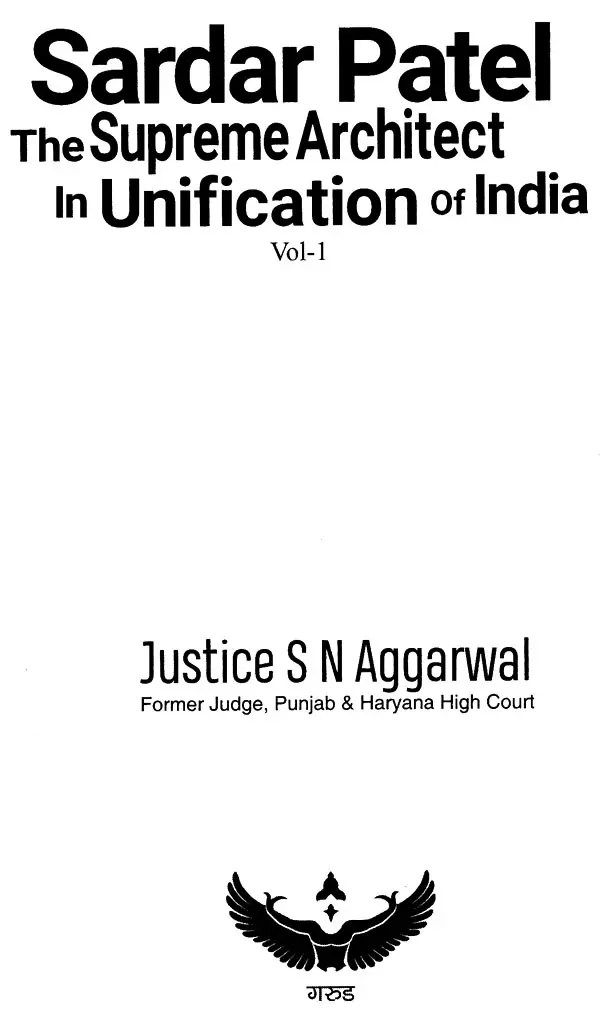
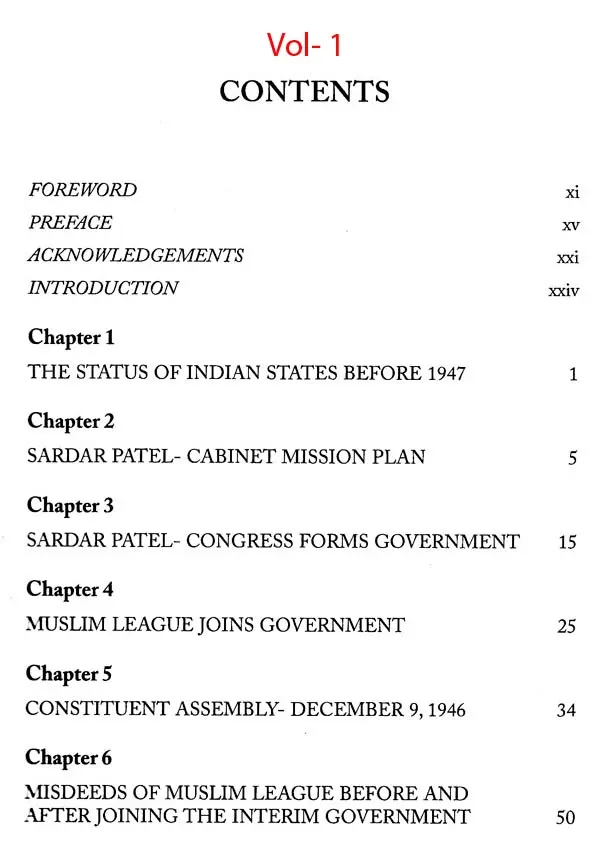
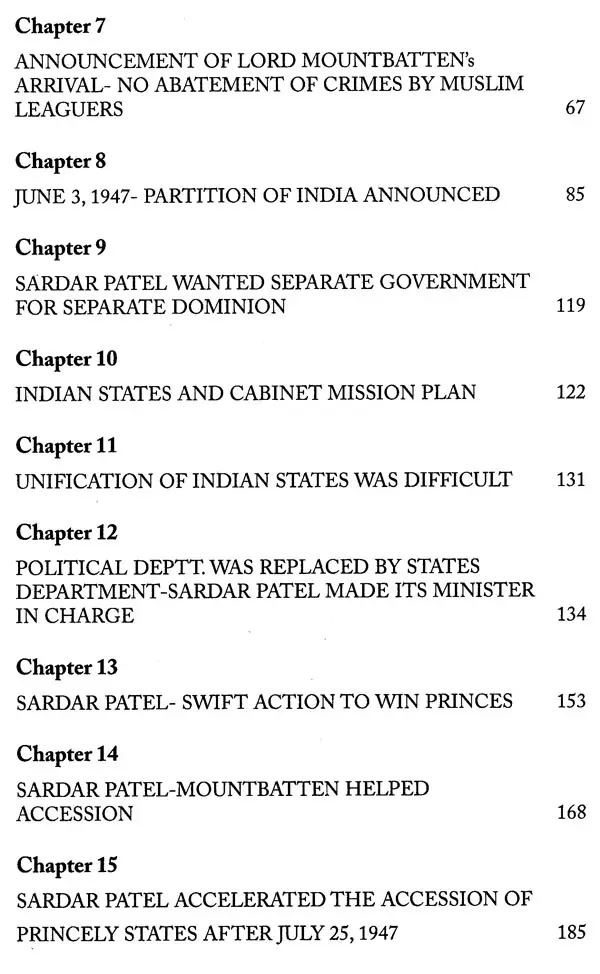
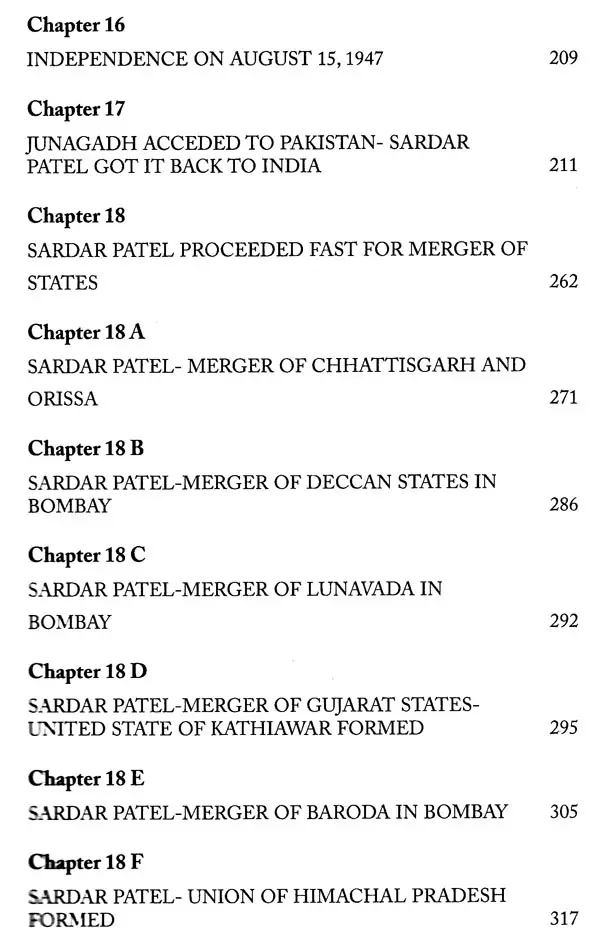
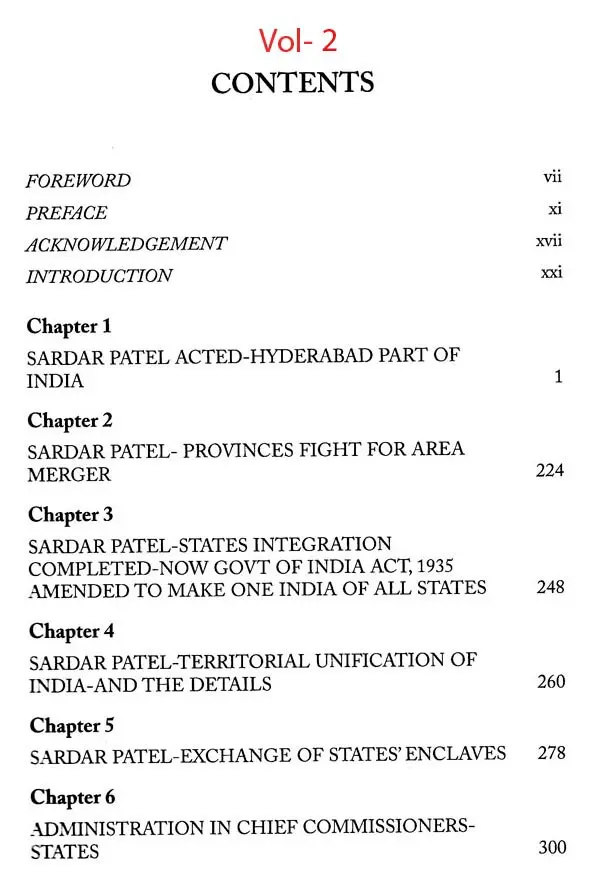
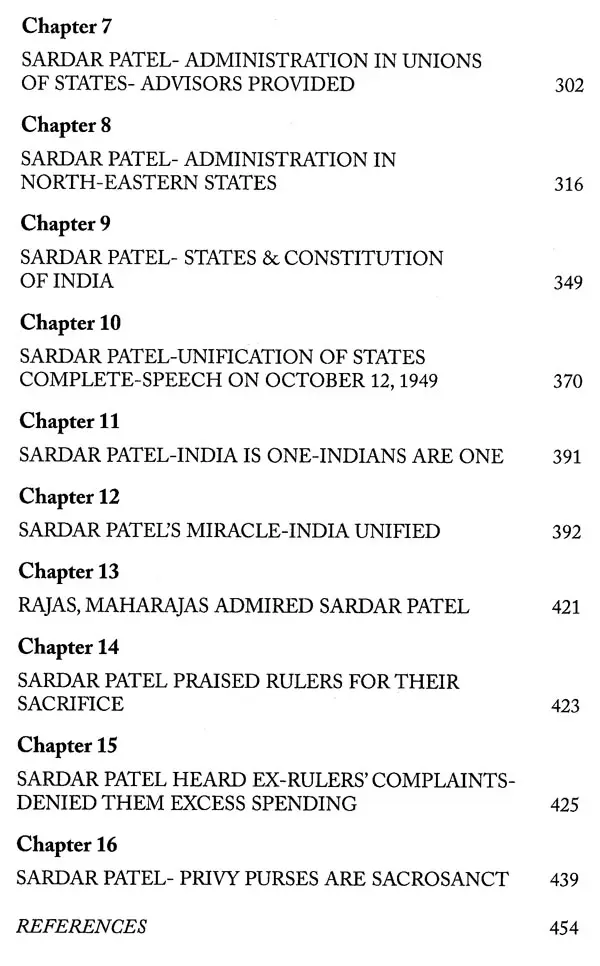
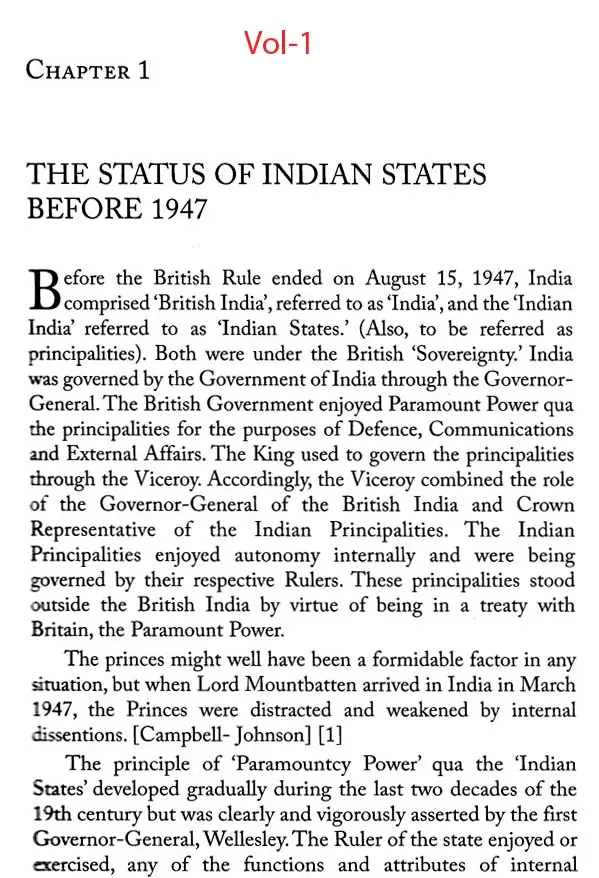

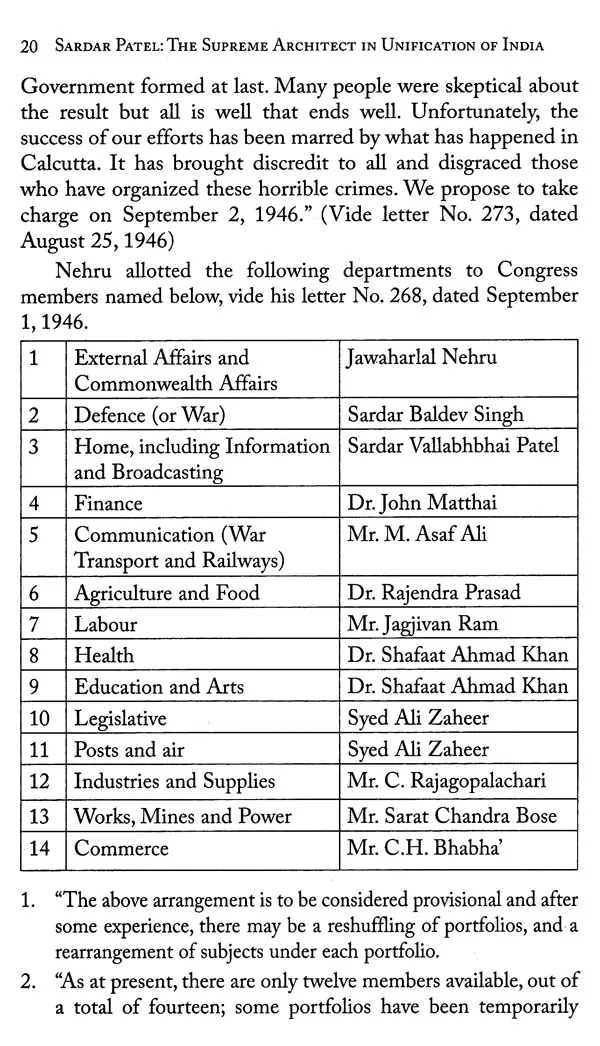
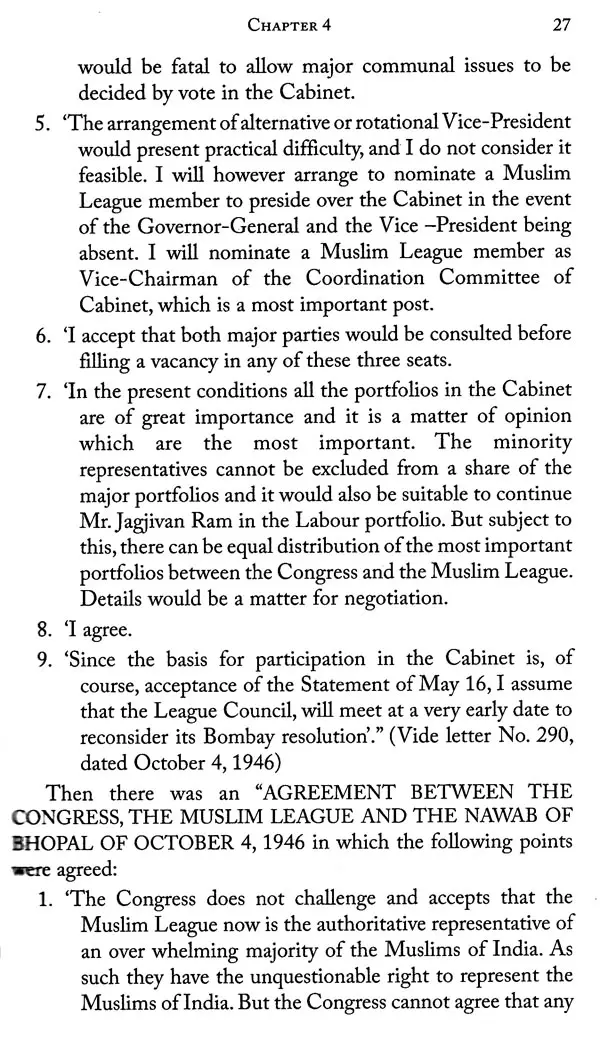
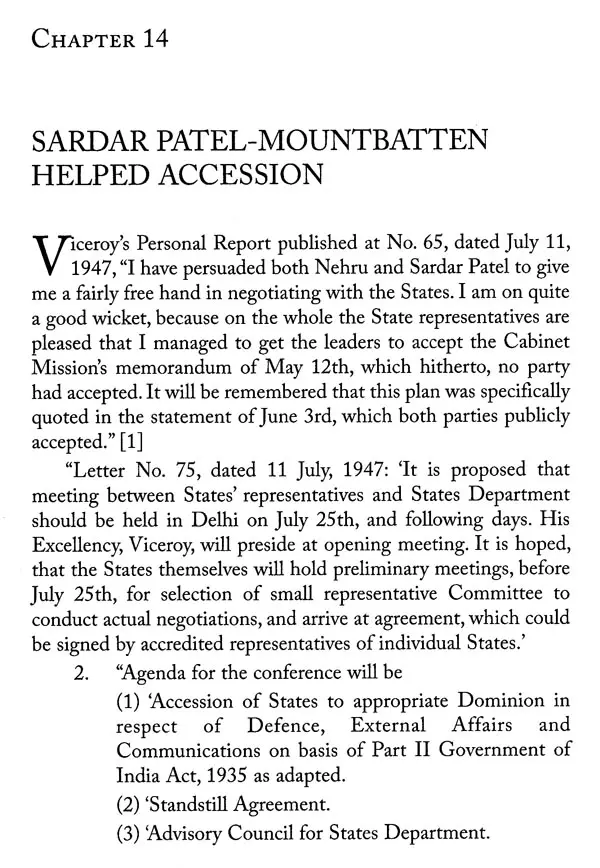
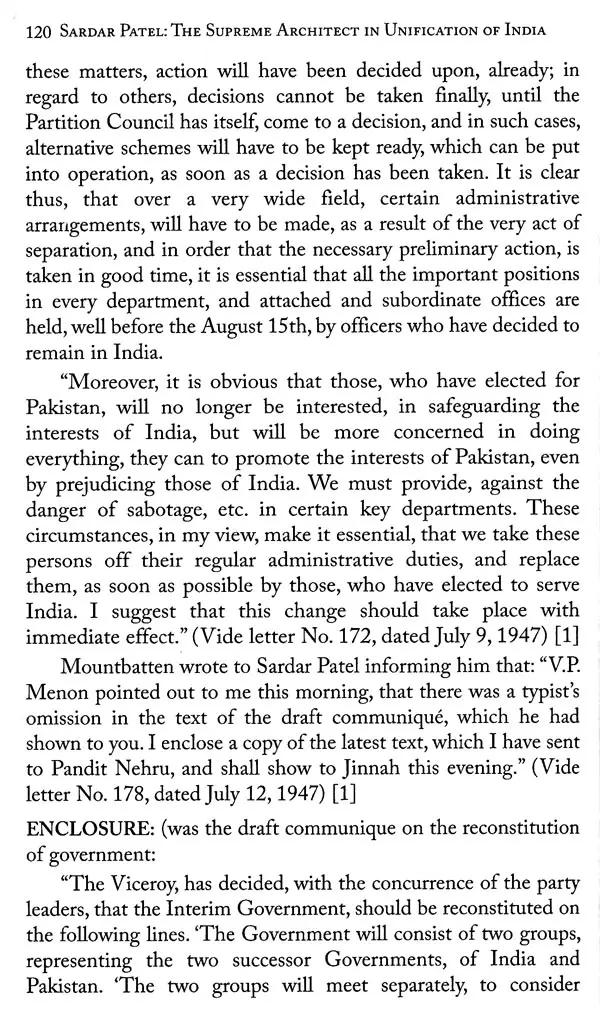
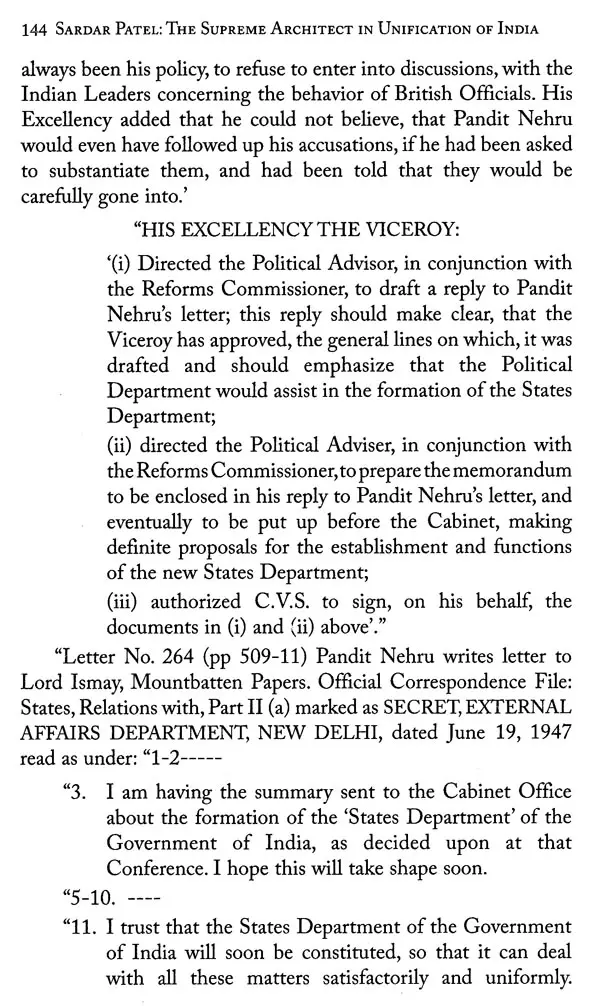
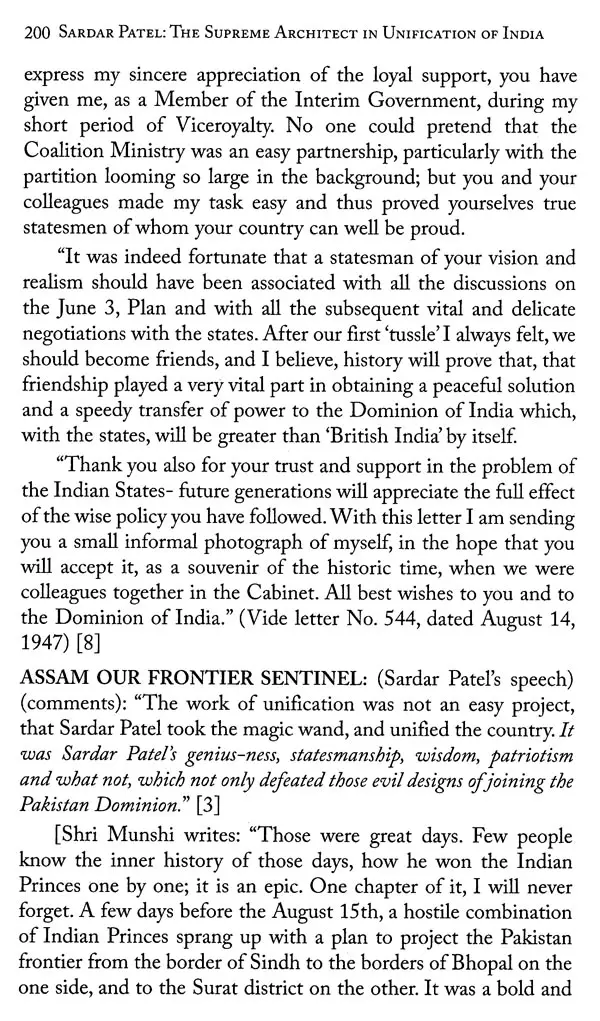
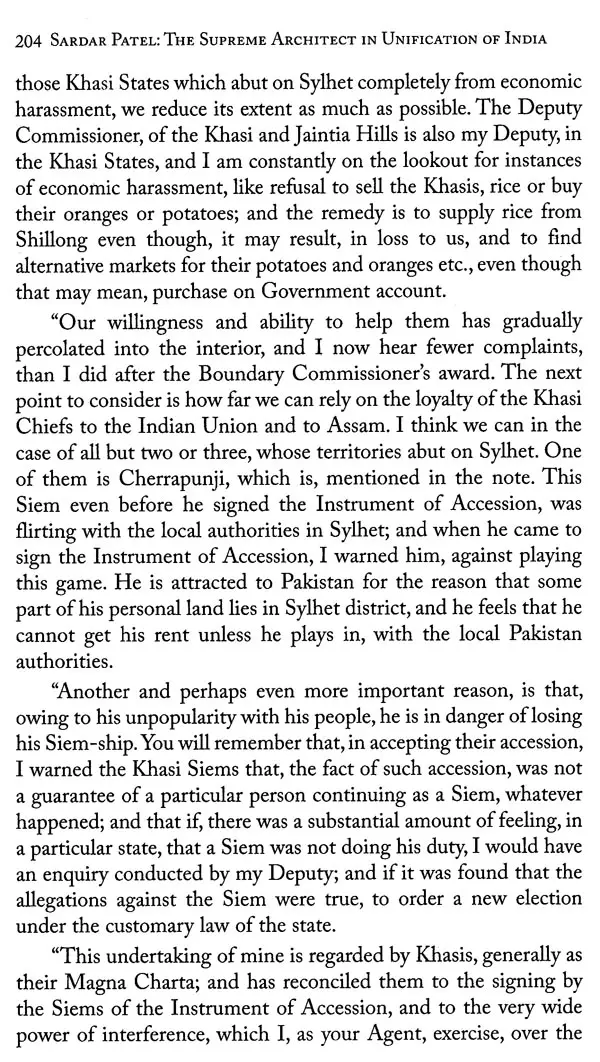
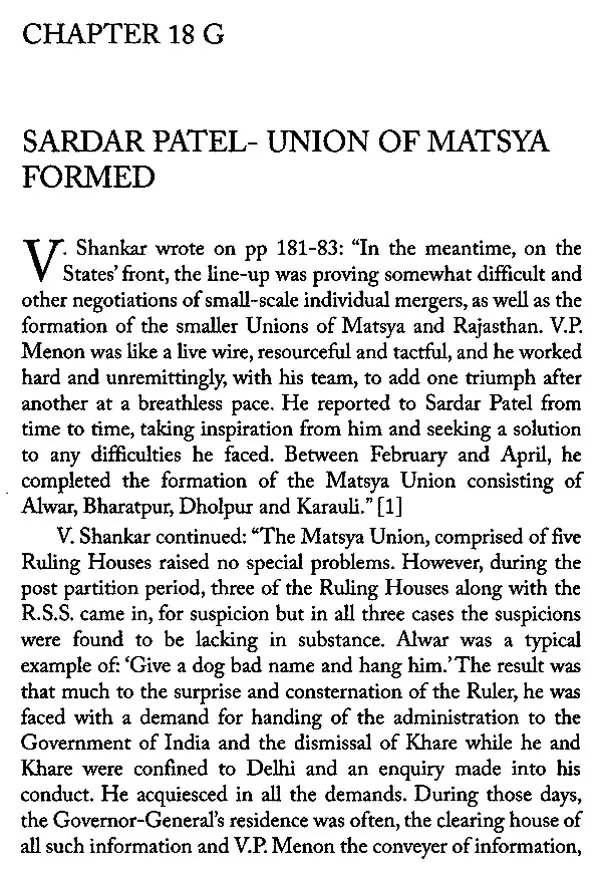
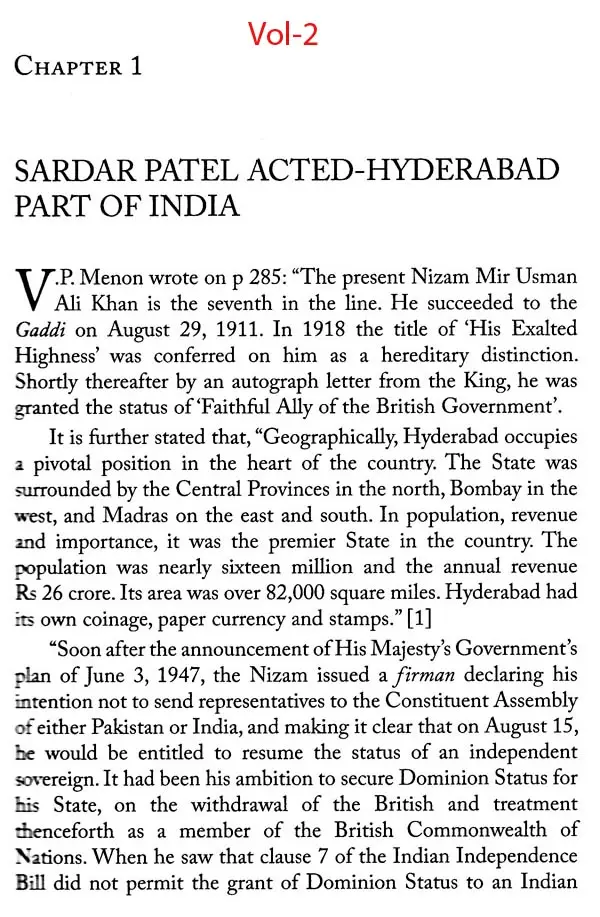
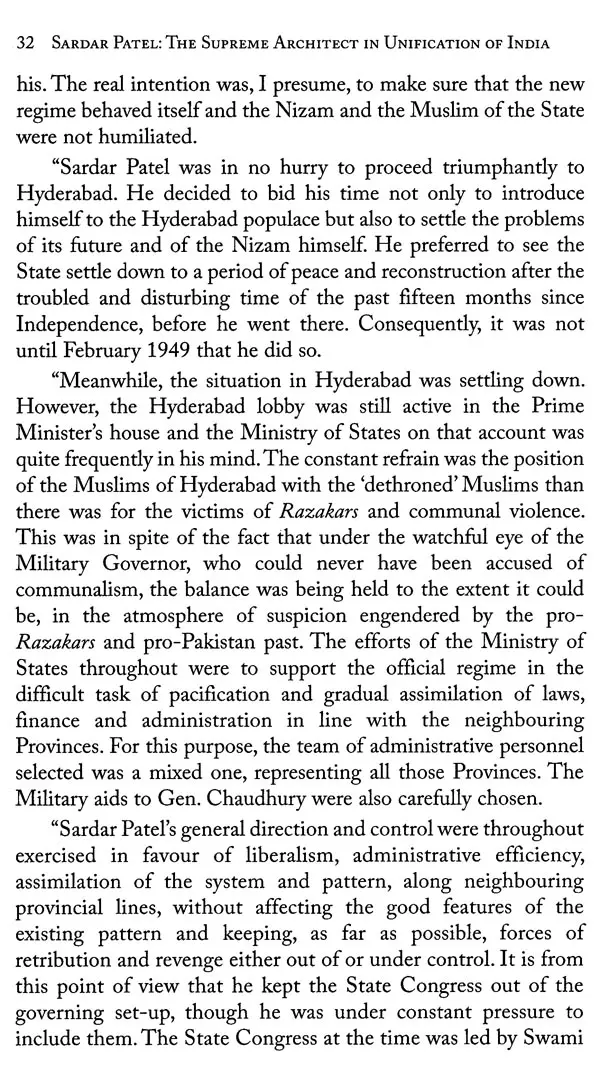
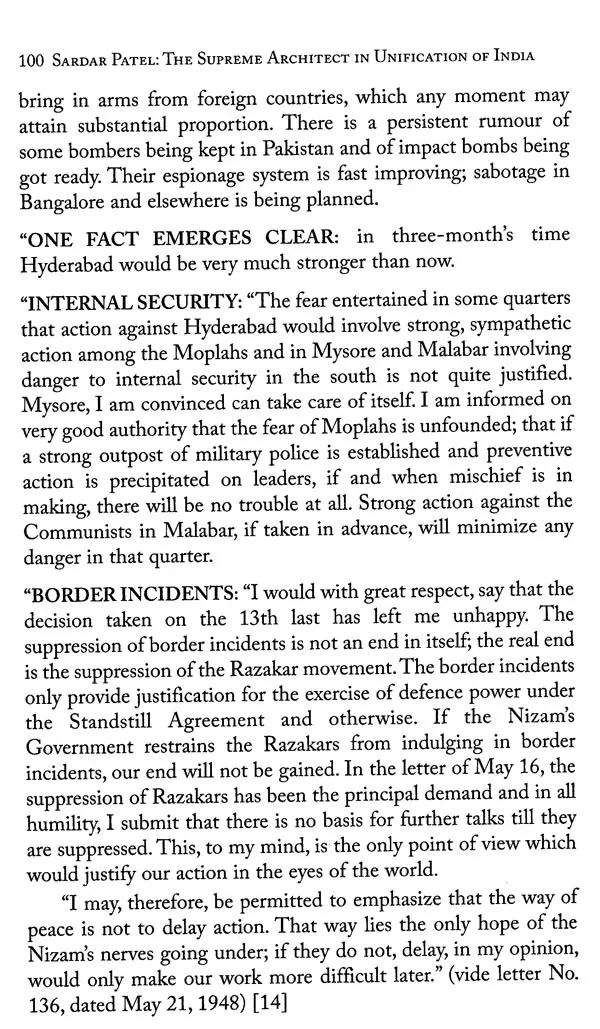
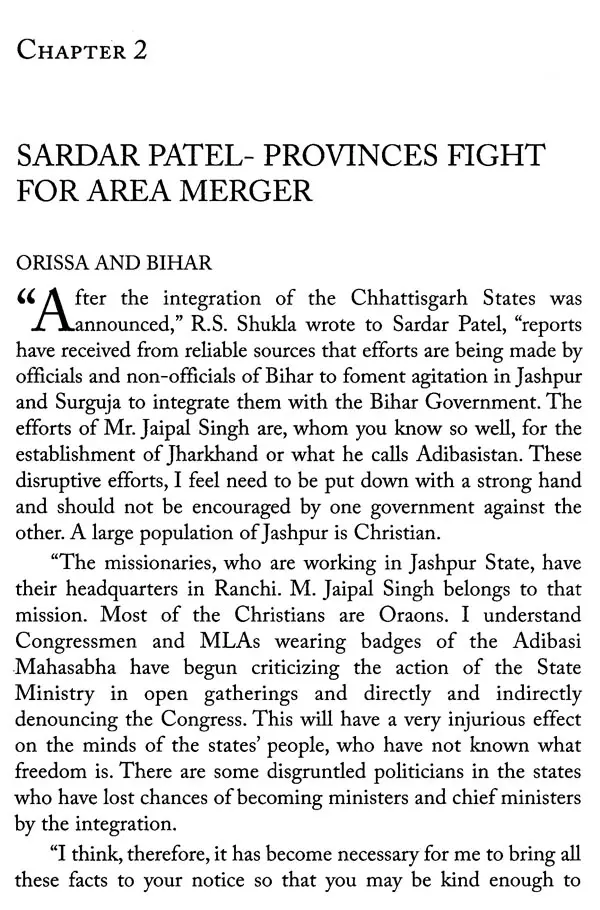
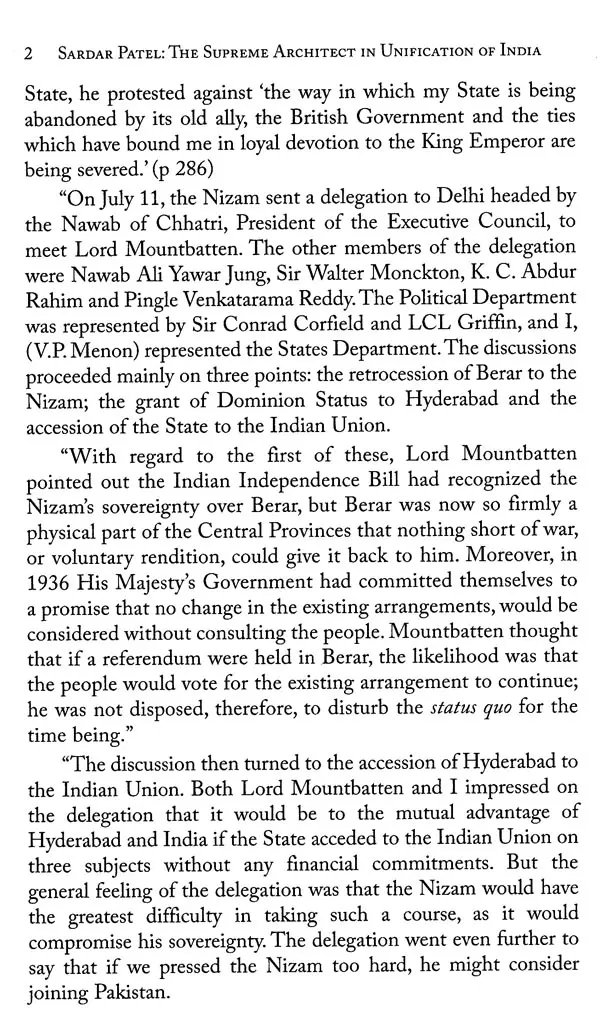
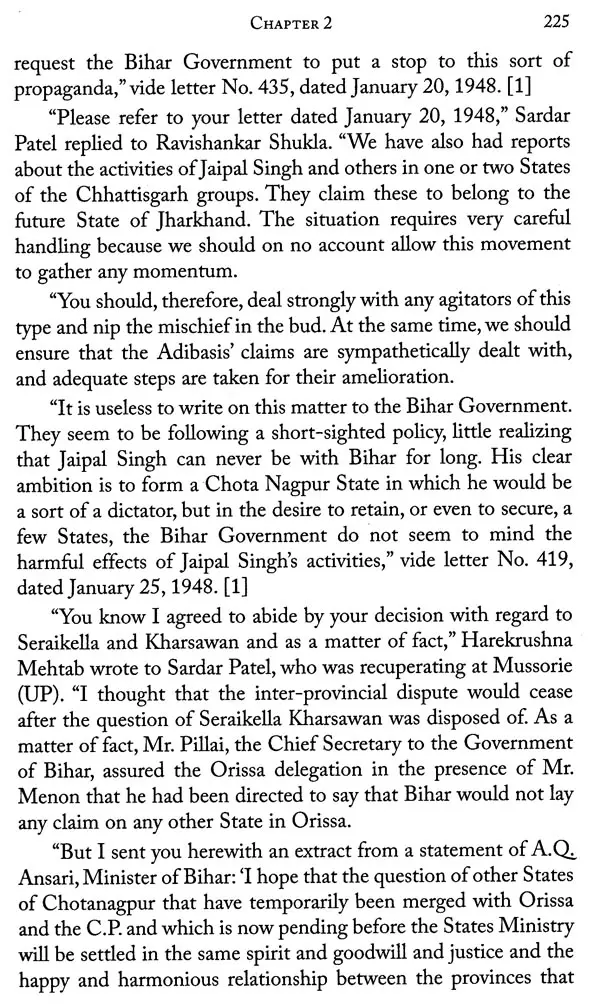
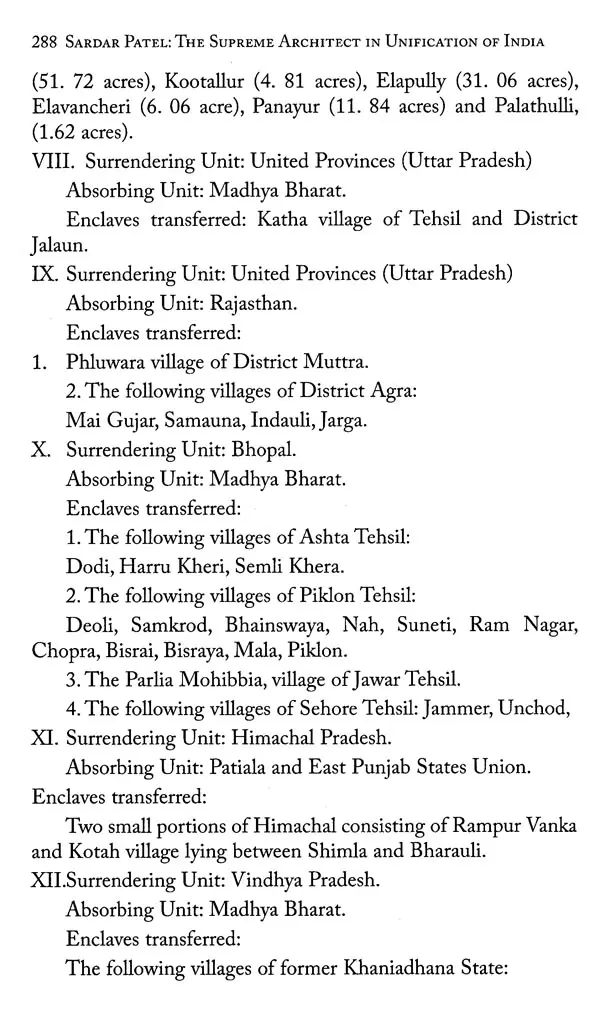
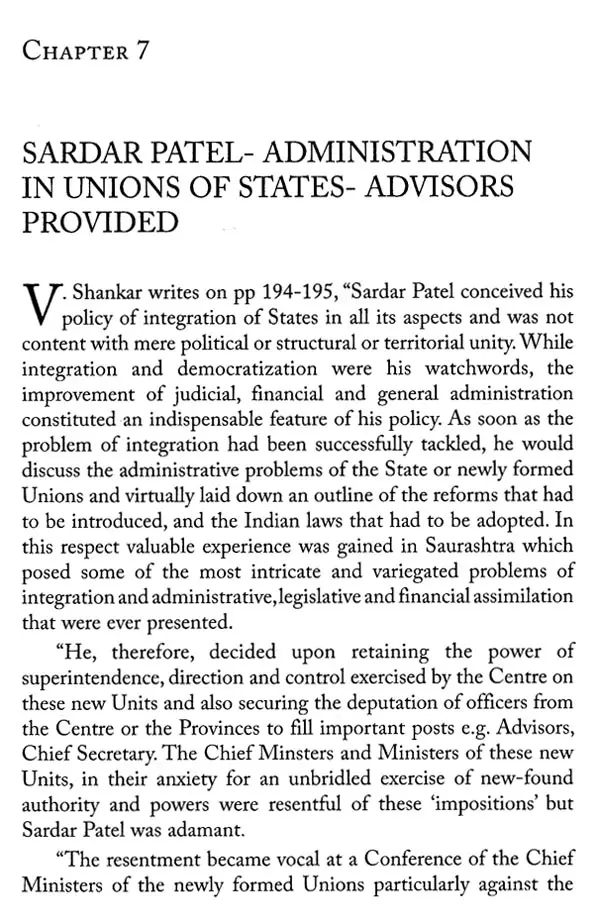

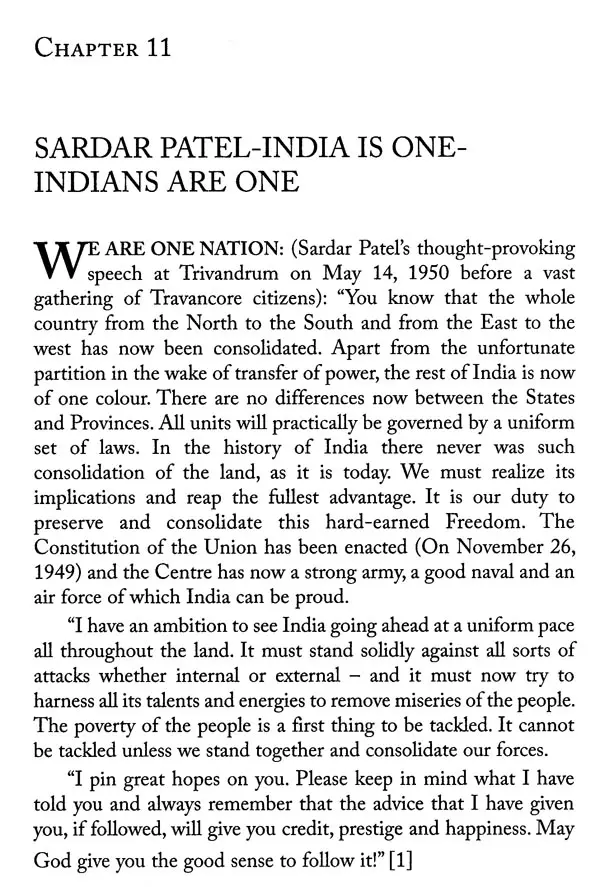
Send as free online greeting card
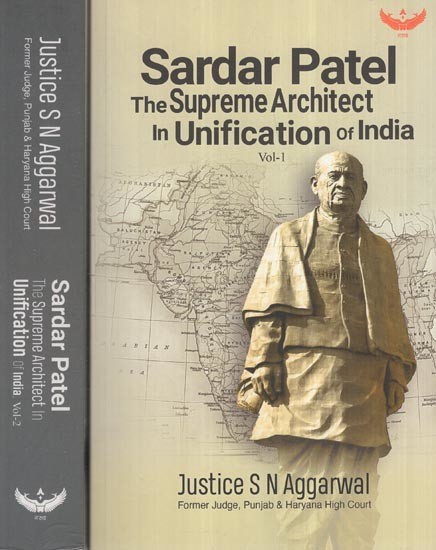
Visual Search